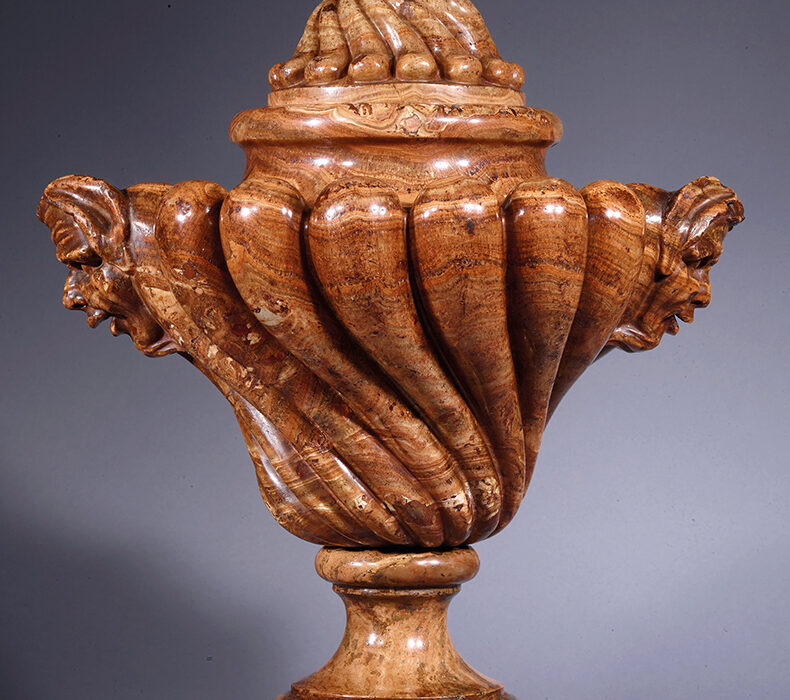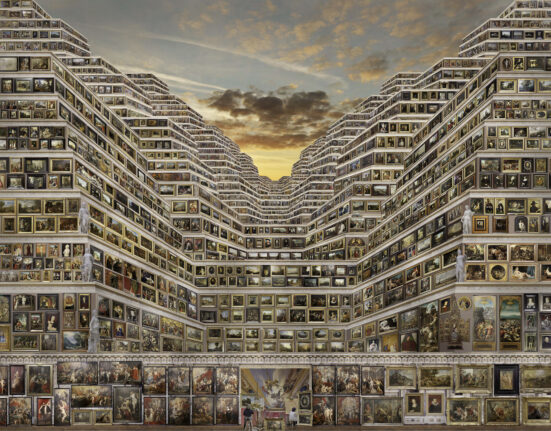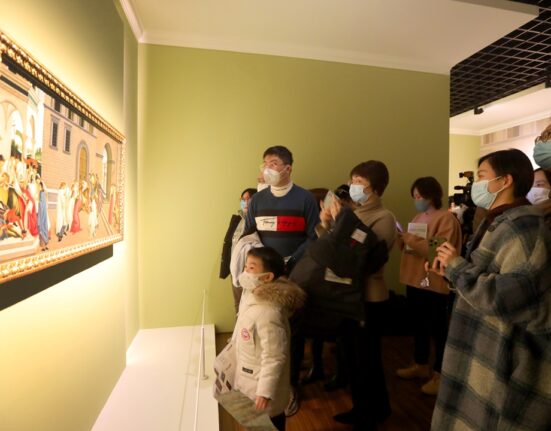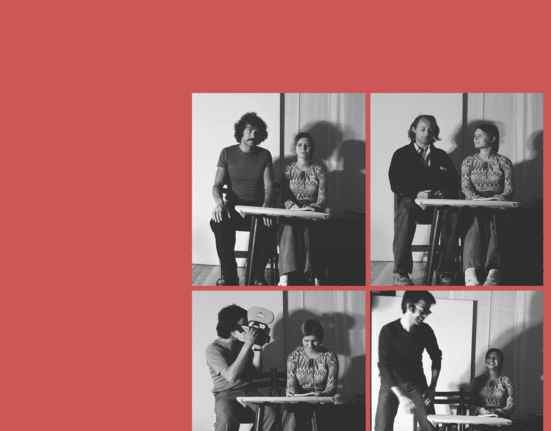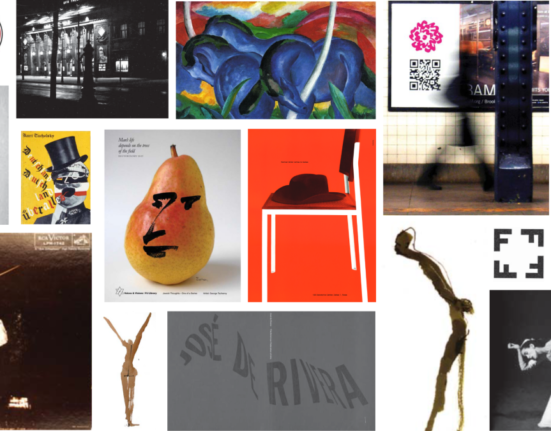A Bouquet of Flowers in a Wan-li Porcelain Vase (1625), Balthasar van der Ast
Bijl-Van Urk Master Paintings, €1.6m
Remarkably, this previously unrecorded but signed and dated flower piece came to light only a decade ago. A cabinet-sized panel depicting blooms in a gilt-mounted Chinese vase, it reflects the artist’s debt to his teacher and brother-in-law, Ambrosius Bosschaert the Elder, and clearly rejoices in the fauna and flora beloved by both. Here is a painted lady butterfly, a dragonfly, a wasp and a sand lizard whose claws rest on the artist’s signature. Painted in Utrecht shortly before the period of tulipomania, the panel gives star billing to what would become one of the most expensive of tulip varieties – Zomerschoon (‘Summer Beauty’). Van der Ast balances his composition with lily of the valley, forget-me-not and a sprig of scarlet pimpernel.

Versailles vase (Rome, c. 1665). Galerie Steinitz, €2m
Versailles vase (Rome, c. 1665)
Galerie Steinitz, €2m
Carved from rose-tinged alabaster, this large covered vase is gadrooned – its bold, convex ribs twisting in opposite directions around its body and lid. Tapered at one end and rounded at the other, these fluted forms, derived from classical prototypes, are reminiscent of flower petals, while two handles take the shape of satyrs’ heads. The vessel is one of a pair of vases listed in the 1729 and 1775 royal inventories of Louis XIV’s collections. Its identical twin, later mounted in gilt bronze, remains in the Grand Trianon at the Palace of Versailles.
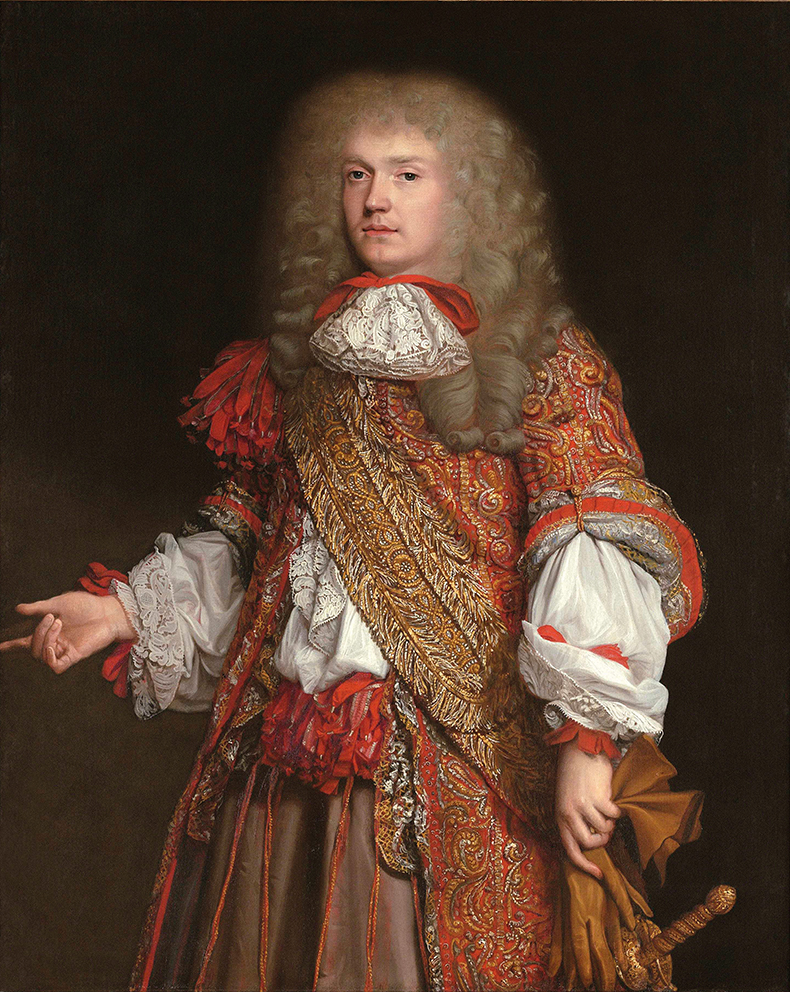
Sir Edward Turner (1643–1721) of Great Hallingbury, Essex (1672), John Michael Wright. Weiss Gallery, price on application
Sir Edward Turner (1643–1721) of Great Hallingbury, Essex (1672), John Michael Wright
Weiss Gallery, price on application
A well-connected lawyer and courtier to Charles II, knighted in 1664 and appointed a Gentleman of the Bedchamber, the sitter is depicted in the particularly sumptuous costume associated with the king’s circle of intimates. Wright records this finery of gold embroidery, ribbons and lace with almost obsessive detail, as befits the symbol of his sitter’s status. It was, as the antiquary Anthony Wood recorded, ‘a strange effeminate age when men strive to imitate women in their apparel’. The cosmopolitan Wright brought a French elegance to British portraiture, and was a connoisseur, collector and dealer as well as a designer of court extravaganza.

Three-dial skeleton clock (c. 1795), Laurent Ridel and Joseph Coteau. La Pendulerie, price on application
Three-dial skeleton clock (c. 1795), Laurent Ridel and Joseph Coteau
La Pendulerie, price on application
The first skeleton clocks appeared in the last decade of the 18th century in response to collectors’ interest in ever more complex and delicate movements. This timepiece by Ridel was decorated by Coteau, the most renowned enameller of his day. The central enamelled ring reveals a portion of its finely finished mechanism and indicates Arabic numeral hours, the Republican date and the days of the week with their corresponding zodiac signs. Two further rings designate months and seasons, and the age and phases of the moon. A mask of Apollo adorns the pendulum.
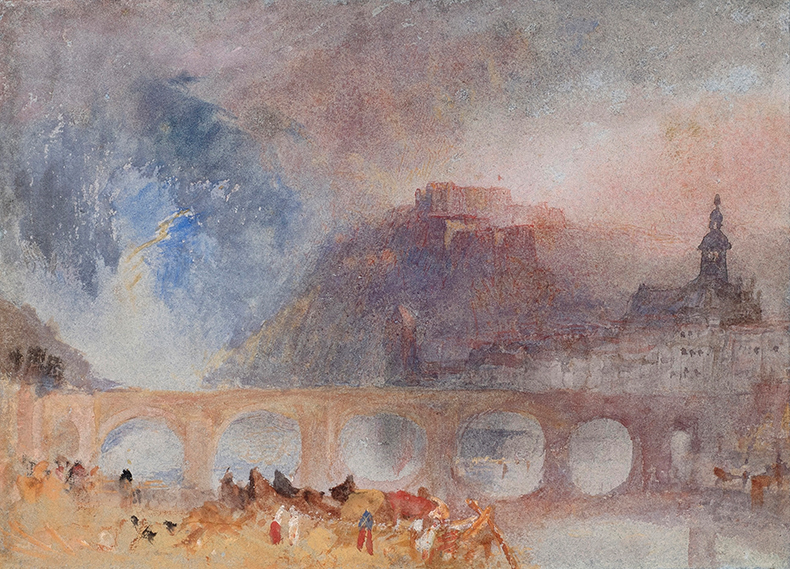
View of Givet, on the Meuse, South of Dinant (1839), Joseph Mallord William Turner. Colnaghi Elliott, £350,000
View of Givet, on the Meuse, South of Dinant (1839), Joseph Mallord William Turner
Colnaghi Elliott, £350,000
A rare and recently rediscovered French subject, this expressive and well-preserved watercolour shows the artist characteristically more concerned with dramatic atmospheric effects than topography. The solid forms of crag, church, historic fortress and bridge, moored boats and figures blur in the storm above Givet. To the left, the leaden blue-grey sky is pierced by a shard of lightening. Four preparatory sketches for this view are in the Turner Bequest at Tate Britain.

Paysage de neige à Chatou (c. 1904–05), André Derain. Landau Fine Art, price on application. Courtesy Landau Fine Art, Montreal & Meggen
Paysage de neige à Chatou (c. 1904–05), André Derain
Landau Fine Art, price on application
In 1904 Derain returned from military service to the studio he shared with Maurice de Vlaminck in the Paris suburb of Chatou. The following year the pair made their fateful trip to the southern fishing town of Collioure to join Matisse, where they developed a new visual language of expressive, non-naturalistic colour and rhythmic, energetic lines. Distinctions between foreground and background, light and shadow, were exploded and broad dabs of often pure pigment were applied to unprimed grounds. Here a tranquil snow scene is transformed by bold, staccato passages of vermilion and crimson, lime and aquamarine.
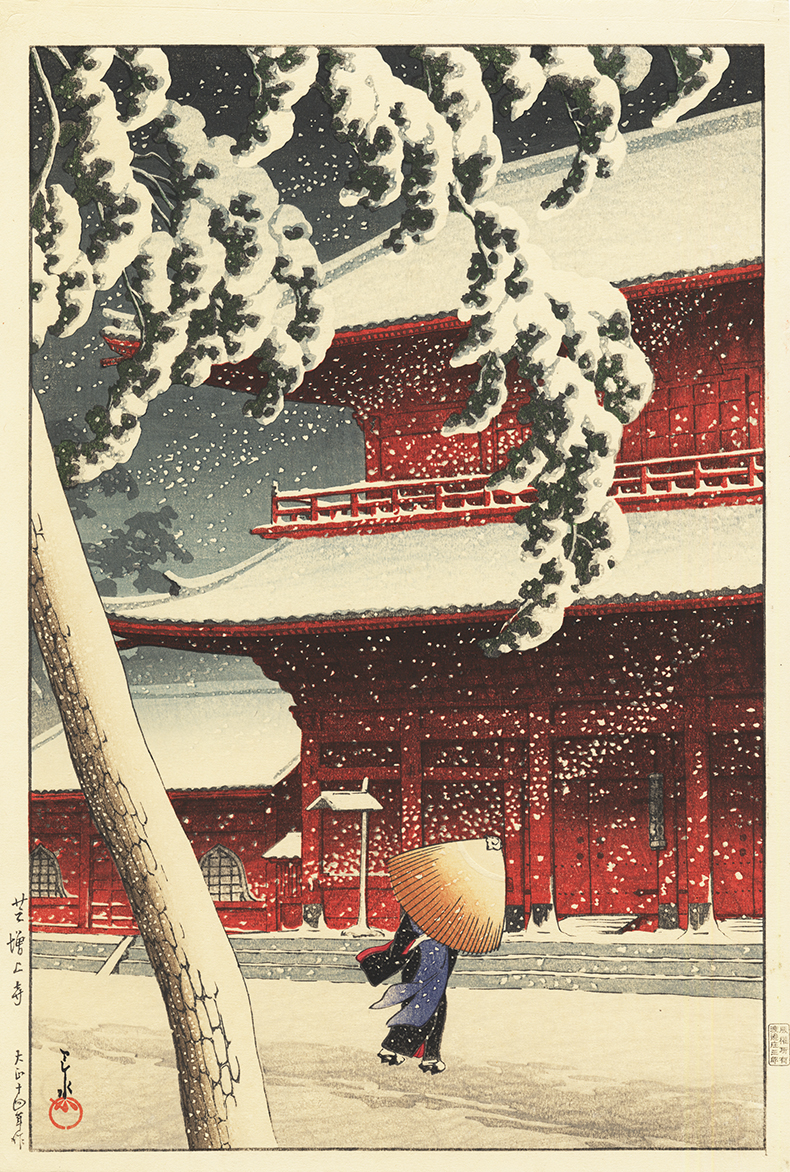
Zojoji Temple, Shiba (1925), Hasui Kawase. Tanakaya, €48,000

